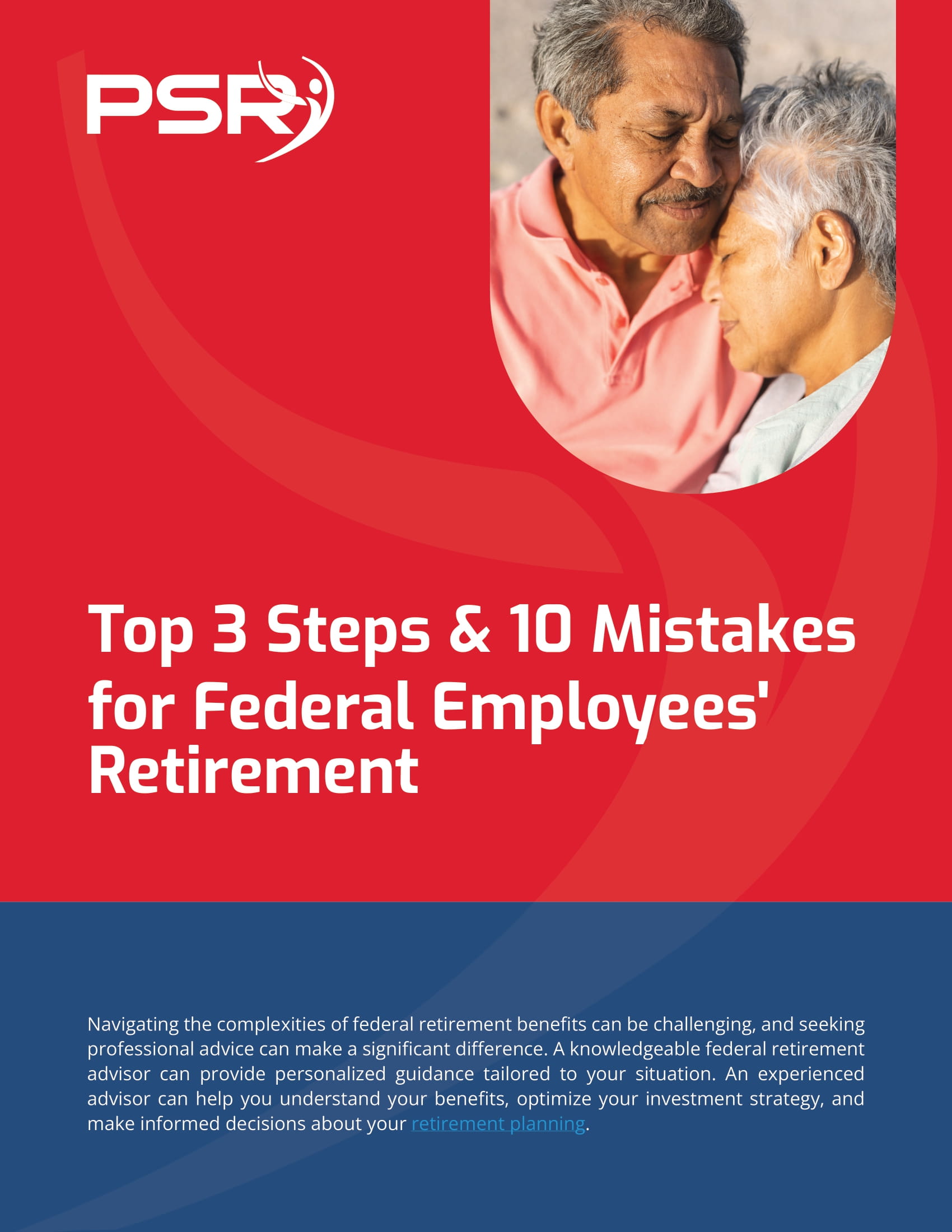Key Takeaways
- Choosing the right combination of FEHB and Medicare can significantly impact your healthcare coverage and costs as a retiree.
- Timing your enrollment and understanding how these programs work together can save you money and prevent coverage gaps.
Why Your Health Coverage Choices Matter
As a public sector employee or retiree, your health benefits are more than just a perk—they’re an essential part of planning for your golden years. The Federal Employees Health Benefits (FEHB) program and Medicare offer excellent coverage options, but combining them effectively requires some effort on your part. Let’s dive into why these decisions matter so much and how you can make informed choices.
The Basics: FEHB and Medicare at a Glance
What FEHB Offers You
- Also Read: New Rules for Federal Employees in 2025: What You Need to Know to Stay Ahead
- Also Read: Seven TSP Fund Allocation Strategies Federal Employees Are Using to Strengthen Their Retirement Portfolios
- Also Read: Military Buyback for Federal Employees: Is It Really Worth It? Here’s What You Need to Weigh Up
One of the biggest advantages of FEHB is that you can keep your coverage into retirement, as long as you meet the eligibility requirements. The program also allows you to switch plans during the annual Open Season, giving you the opportunity to adjust your coverage as your needs change.
What Medicare Brings to the Table
Medicare, available to most people at age 65, has four parts:
- Part A covers hospital stays, skilled nursing care, and some home health services.
- Part B covers outpatient care, preventive services, and some medical equipment.
- Part C (Medicare Advantage) is offered through private insurers and combines Parts A and B with additional benefits.
- Part D offers prescription drug coverage.
For most retirees, the focus is on Parts A and B, as these work well alongside FEHB.
How FEHB and Medicare Complement Each Other
Coordinating Coverage
Combining FEHB and Medicare can create a robust safety net. Medicare often becomes the primary payer once you enroll, with your FEHB plan acting as secondary coverage. This arrangement can reduce out-of-pocket expenses by covering deductibles, copayments, and coinsurance.
Prescription Drug Coverage
Medicare Part D offers prescription drug coverage, but most FEHB plans include this benefit already. In many cases, sticking with your FEHB drug coverage is sufficient and can save you the hassle of managing a separate Part D plan.
Bridging Coverage Gaps
FEHB can fill gaps that Medicare doesn’t cover, such as dental, vision, and hearing services. Understanding how your chosen FEHB plan works alongside Medicare ensures you won’t face unexpected expenses.
When to Enroll in Medicare
Your Initial Enrollment Period (IEP)
Your IEP begins three months before the month you turn 65 and lasts for seven months. During this time, you can enroll in Medicare Parts A and B without facing late enrollment penalties.
Should You Delay Part B?
If you’re still working or covered by an active federal employee health plan through your spouse, you might choose to delay Part B enrollment. However, once you retire or lose that coverage, you’ll need to enroll during a Special Enrollment Period (SEP) to avoid penalties.
Costs to Consider
FEHB Premiums
FEHB premiums continue into retirement, but the government still pays a significant portion of the cost. Your share of the premium depends on the plan you choose.
Medicare Costs
For 2024:
- Part A is typically free for those who paid Medicare taxes during their working years.
- Part B has a standard monthly premium of $174.70, with higher-income beneficiaries paying more.
- Part D costs vary based on the plan, but the average monthly premium is $55.50.
When Medicare becomes your primary coverage, you may find that the reduced out-of-pocket costs balance out the additional premiums.
Understanding the FEHB-Medicare Enrollment Timeline
Turning 65 While Still Working
If you’re still employed and covered by FEHB, you can delay enrolling in Medicare Part B without penalties. However, you might still want to enroll in Part A, as it’s usually premium-free and can provide extra hospital coverage.
Retiring at 65 or Older
Once you retire, you’ll have a Special Enrollment Period to sign up for Medicare Part B. It’s crucial to act quickly, as missing this window could result in late enrollment penalties and coverage gaps.
Tips for Making the Right Choice
Review Your Needs Regularly
Your health needs may change as you age, so it’s important to reassess your coverage periodically. Take advantage of Open Season each year to review your FEHB plan options and ensure they align with your current healthcare requirements.
Compare Costs and Benefits
Don’t just focus on premiums—look at the total cost of care, including deductibles, copayments, and coinsurance. Combining FEHB with Medicare often reduces your overall expenses, but the specific savings depend on the plans you choose.
Seek Professional Guidance
Navigating FEHB and Medicare can be complex, so don’t hesitate to consult a benefits counselor or financial planner. Their expertise can help you make decisions that maximize your coverage while minimizing costs.
Common Pitfalls to Avoid
Ignoring Enrollment Deadlines
Missing key enrollment periods for Medicare can lead to costly penalties. Mark your calendar for your Initial Enrollment Period and any Special Enrollment Periods that apply to you.
Overlapping Coverage
Some retirees assume they need every available plan, leading to unnecessary expenses. By understanding how FEHB and Medicare work together, you can avoid paying for redundant coverage.
Neglecting Prescription Drug Costs
Even if your FEHB plan includes prescription drug coverage, it’s wise to compare it with Medicare Part D. Make sure your medications are covered and evaluate the cost-sharing terms to find the best value.
Making an Informed Decision
Your choice of health coverage as a retiree is one of the most impactful decisions you’ll make. By understanding how FEHB and Medicare complement each other, you can build a comprehensive plan that supports your health and financial well-being.
Planning for the Long Haul
As a retiree, your healthcare needs are likely to evolve over time. Regularly reviewing your FEHB and Medicare options ensures you stay ahead of changes in coverage, costs, and personal needs. Stay informed and proactive to make the most of your benefits.












